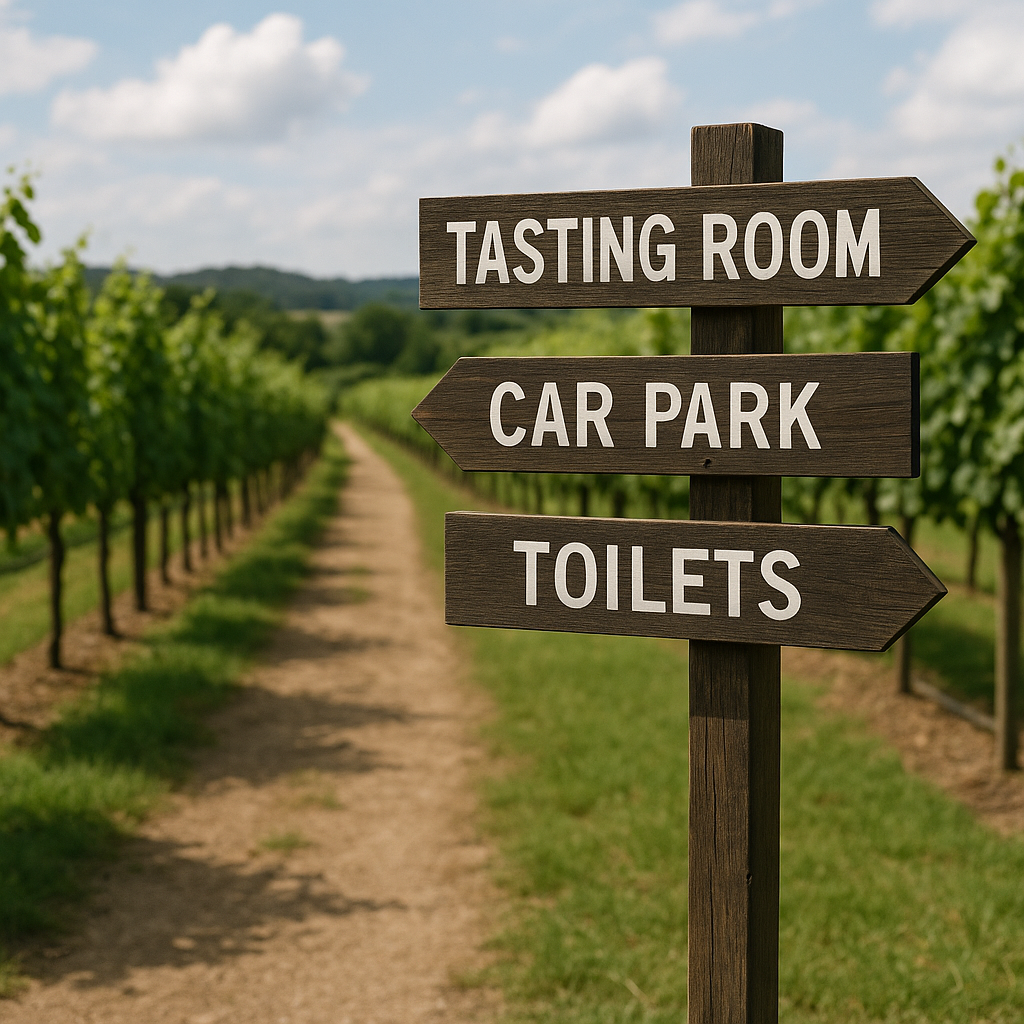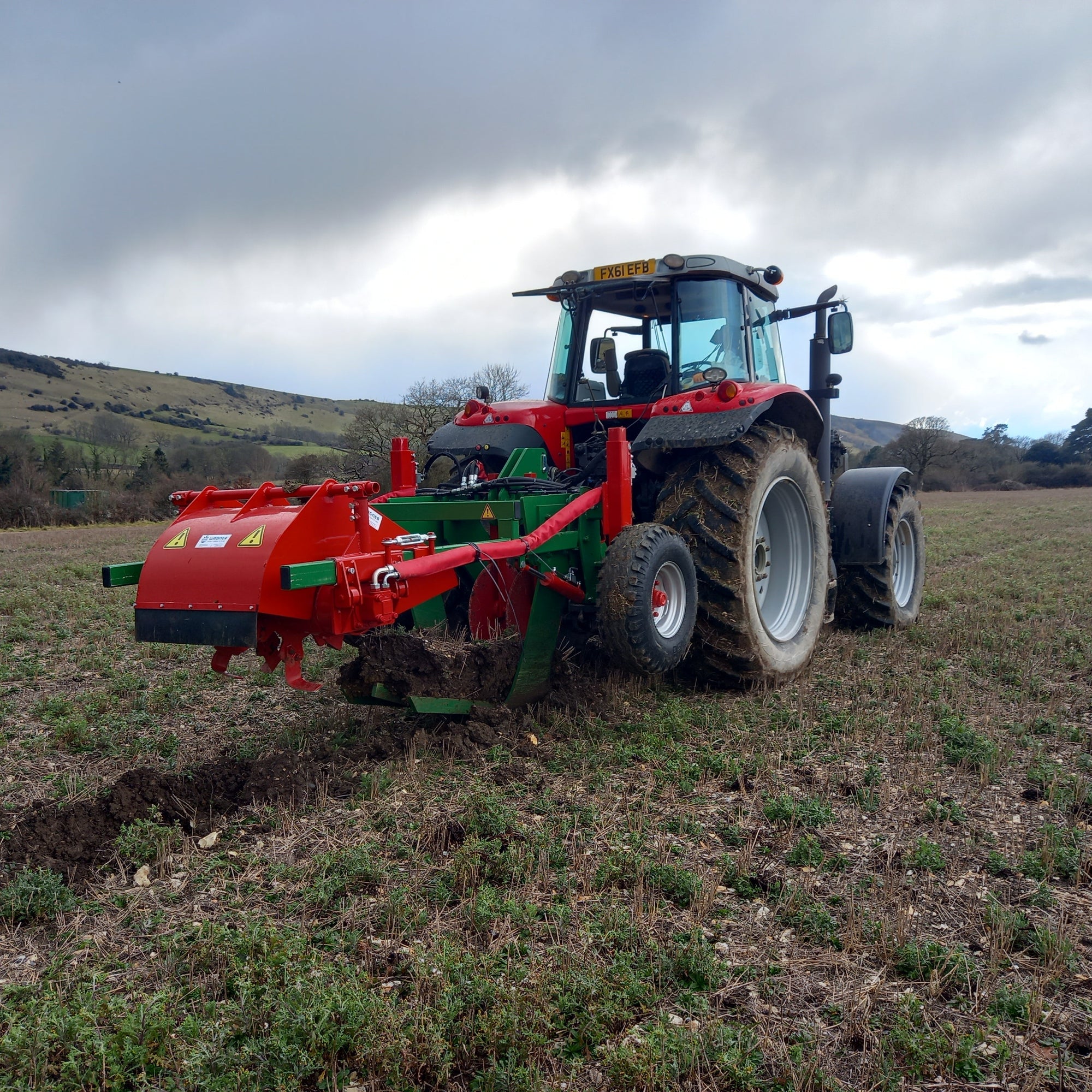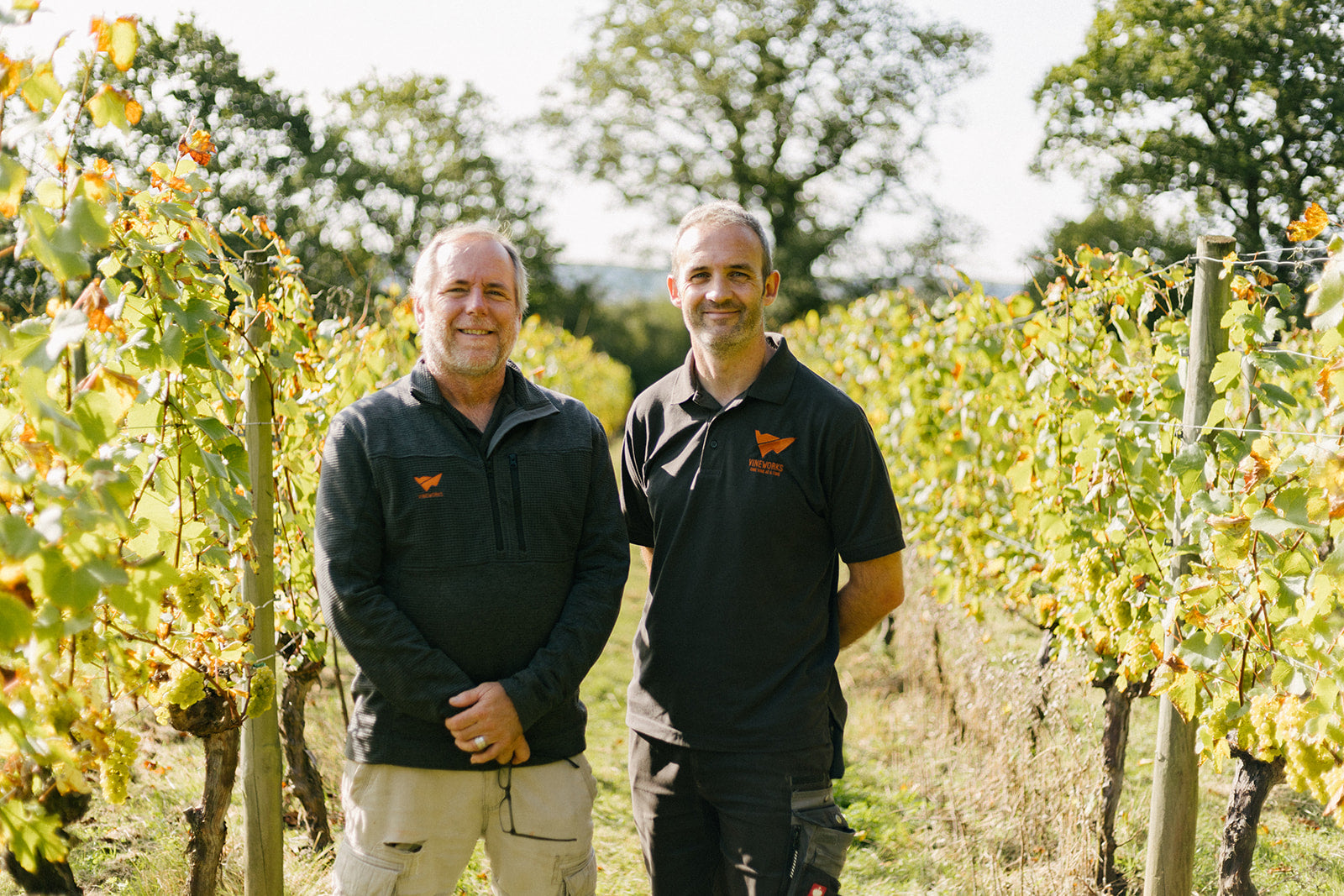

Designing a Vineyard with Tourism in Mind
What role does tourism play in your vineyard plan?
The UK wine industry is thriving, and with more visitors seeking authentic experiences close to home, vineyards are increasingly becoming destinations in their own right. For those planning to establish a new vineyard, it is tempting to focus entirely on soils, trellising, and grape varieties. Yet, from the very beginning, it is worth asking a broader question: is your vineyard ready for visitors?
A well-considered approach to tourism can turn a vineyard into a vibrant attraction that builds brand loyalty, generates valuable word-of-mouth, and, crucially, sells more wine.
Why Tourism Matters
At its core, vineyard tourism is about selling wine, but in a way that deepens the relationship between producer and consumer. Visitors who have walked your rows and met your team are far more likely to buy a case, tell their friends, and come back again. For the UK wine industry, which is still building recognition, these repeat customers are vital.
Diversifying the Experience
Before the first vines go in the ground, you’ll already have a checklist covering site analysis, frost protection, soil preparation, and cultivar selection. Alongside these technical essentials, pause to consider your long-term business vision. Will you welcome guests for tastings, tours, and cellar-door sales? Could your vineyard also host weddings, wildlife walks, or corporate retreats?
The beauty of wine tourism is its flexibility: a vineyard can serve as both a working farm and a backdrop for unique experiences. By incorporating visitor considerations from the outset, you avoid costly retrofits later and ensure production and hospitality work seamlessly together.
UK vineyards increasingly diversify their offer to attract a broader audience and generate income beyond bottle sales. From yoga sessions to open-air cinema evenings, vineyards provide a versatile setting. Partnerships with local food producers, artists, or wildlife experts can create distinctive events that enhance your brand and encourage repeat visits.
Designing with Tourism in Mind
When laying out a vineyard, visitor needs can be integrated with foresight. For example:
-
Access points – Separate entrances for heavy vehicles and visitor traffic reduce congestion and improve safety.
-
Parking – Allow sufficient space for cars and, if you plan group visits, for coaches too. Promote public transport options where possible.
-
Trails and viewing areas – Designated walking routes or raised platforms let visitors admire the vines safely without disturbing operations.
-
Tasting facilities – Position a cellar door or tasting room to capture vineyard views, reinforcing the connection between wine and place.
At the same time, your viticulture consultant will guide you through soil preparation, trellis design, and planting densities. GPS-guided machines ensure vines are placed with precision, while certified plant material from reputable nurseries safeguards long-term success. By marrying these technical steps with visitor-friendly design, you build a vineyard that is both productive and welcoming.
What Makes a Vineyard Visitor-Friendly?
Successful vineyard tourism rests on five pillars common to all visitor attractions:
-
Wayfinding and signage – Clear, professional signs for parking, cellar doors, restricted areas, and walking routes help visitors feel at ease while keeping them safe.
-
Visitor information – Maps, tasting notes, and recommendations for local restaurants, accommodation, and attractions enhance the experience.
-
Ambience and visual appeal – Thoughtful landscaping, tidy equipment areas, and well-maintained grounds contribute as much to first impressions as your vines do and ample ‘selfie opportunities’ which can help promote your brand on social media.
-
Services and amenities – Clean toilets, sufficient bins, disabled access, Wi-Fi, and even water bowls for dogs signal that you’ve anticipated visitor needs.
-
Professionalism – Friendly, knowledgeable staff and a clear brand identity elevate the experience beyond a simple farm visit.
Viticulture itself must also be considered. Visitors should never compromise operations or safety. Decide early where guests may walk, how machinery areas will be screened, and whether deliveries will share access routes with coaches or cars.
Final Thoughts
Establishing a vineyard is a long-term commitment that demands careful planning. By weaving tourism into your design from the start, you not only future-proof your site but also create an experience that showcases the very best of UK wine. At VineWorks, we have helped design over 300 vineyards, working with owners to deliver their visions - one vine at a time.



